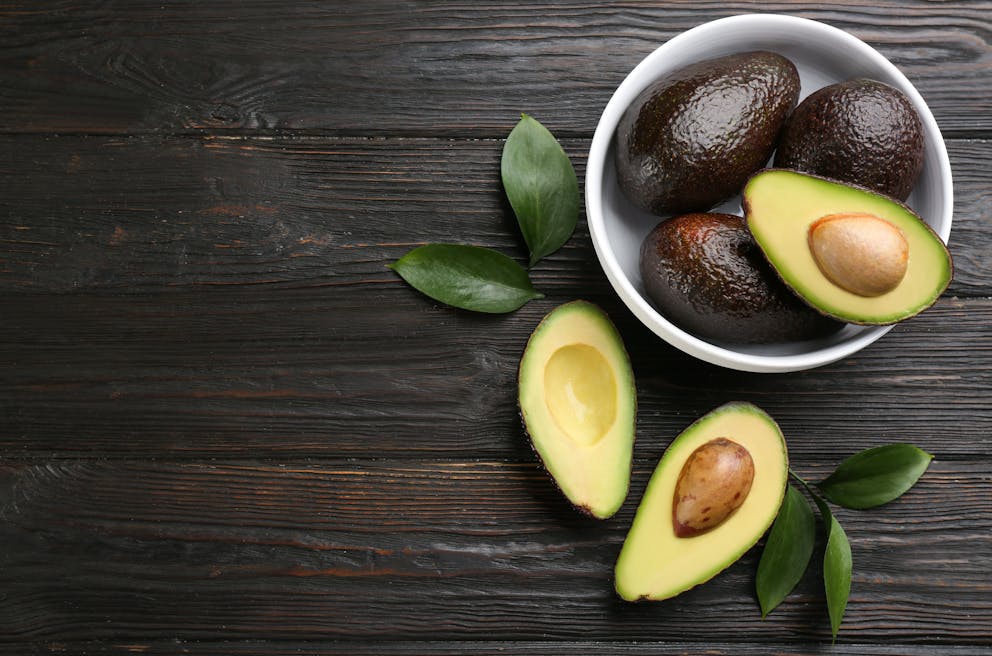It's Not Fat that Puts You in Ketosis
Picture this: you're on a quest to flip your body's energy switch from relying on carbs to burning fat, and ketosis is the promised land. Navigating toward that goal means reducing the carb-rich foods stapled in your meals.
So you tweak your diet, trading bread for avocados and pasta for protein. But there's more science behind it than just food swaps—understanding how insulin plays defense against ketosis can be a game-changer.
You'll learn about striking that delicate balance between fats, proteins, and those pesky carbs; plus, we’ll tackle some myths head-on.
Stick around because mastering these macronutrient ratios could turn your body into an efficient fat-burning machine.
Understanding Ketosis and Carbohydrate Intake
Think of your body like a hybrid car that can switch between fuel sources. Usually, it runs on glucose from carbs, but when you cut the carb supply, it shifts gears to burning fat for fuel; this is ketosis.
We must discuss insulin's role in blocking ketosis to get into this fat-burning state. It’s all about the carbs—eat less than your threshold (usually under 50 grams per day), and insulin levels drop low enough to let ketosis start its engine.
Why does this matter? By understanding how carbohydrates stimulate insulin production and block the shift into ketosis, we can effectively tailor our diets for optimal energy use from fats—a dream scenario for anyone looking to manage weight or boost their metabolic health.
The Importance of Macronutrient Balance
Imagine your body as a high-performance engine—what you put into it determines how well it runs.
Achieving ketosis isn't just about slashing carbs; it's about hitting the sweet spot with fats and proteins. You need to be Goldilocks here—not too much, not just right.
Protein's Place in a Ketogenic Diet
A moderate protein intake is critical because while we love our steaks and eggs, overdoing them can kick us out of that coveted fat-burning zone known as ketosis.
So think of protein like the supporting actor in your keto blockbuster—it’s essential but shouldn’t steal the show.
And get this: although many associate ketogenic diets with consuming steak after steak, chowing down on more than necessary won't do you any favors.
It turns out that gobbling up excessive amounts might nudge your liver into making glucose through gluconeogenesis, which could disrupt ketosis like an unwanted plot twist.
Debunking the Fat-Intake Myth
You might've heard whispers in keto circles that eating more fat magically transports you into ketosis faster—sorry to burst bubbles, but nope.
Our bodies are more intelligent than that; they don’t enter a state of burning fat for fuel simply because there’s extra floating around in our system.
Choosing the Right Fats for Ketosis
Fat isn't just a fuel source; it's the secret handshake that lets you into the exclusive club of ketosis. While carbs wave goodbye, fats take center stage, but not all fats are created equal.
When your body shifts to burning fat for energy, certain types of fat play supporting roles—like omega-3 fatty acids, which do wonders for your health.

Nutritional Benefits of Fats
Dive into a bowl of avocados, and you're not just indulging in creamy goodness—you're getting essential nutrients with every bite. Think about it: Fat barely nudges insulin levels, especially compared to those pesky carbs, and even lean proteins can't compete.
It’s like comparing apples to...well, avocadoes. The right kind of fat serves up benefits from hormone synthesis to building cell membranes without causing an insulin spike.
We’re talking vitamins A, D, E, and K that tag along with dietary fats because they know water is not their scene. Plus, let's talk bile production—it might not be a dinnertime conversation, but trust me, things get less comfortable without enough healthy fats leading this process.
Managing Protein Intake to Support Ketosis
Watching your protein is as crucial as dodging those carbs if you're on the keto train. Too much of it, and your body acts like it's chowing down on pasta, cranking up insulin levels, and waving goodbye to ketosis. It's a delicate dance—getting enough protein without overdoing it.
Lean Proteins and Insulin Response
Sure, lean proteins are the good guys in most diet tales, but here’s the twist: they can still spike insulin almost like sugar does.
Take whey protein; gym buffs love it for muscle building but may not know that this innocent-looking powder could sneak them out of ketosis by ramping up insulin production.
Aim for moderation in your meat choices to keep things balanced while chasing after that fat-burning state. Think of your plate as a seesaw—you want enough weight (protein) to keep you grounded (nourished) but not so much that you flip right into high-insulin territory.
The Synergy Between Fasting and Ketosis
Usually, it runs on glucose from carbs. Cut the carbs, and after burning through stored glucose, your body flips the switch to burn fat for fuel—hello, ketosis. Now, throw fasting into the mix; you're essentially hitting turbo-charge.
Fasting pushes ketosis further because when you don't eat, insulin levels drop big time.
Fats play their part, too—they're like slow-burning logs in a fireplace keeping you warm all night long. They help keep hunger at bay, so those fasting windows aren’t an epic battle of willpower.
More fat means more fullness, which lets you fast longer, making maintaining weight on keto seem less like a high-wire act.
What's remarkable is fats are not just there to fill you up; they've got other perks, too. The right kinds give essential nutrients supporting overall health—a key player in this process.
Comparing Different Low-Carb Diet Approaches
Not all low-carb diets are cut from the same cloth when trimming the waistline. Think of your body as a finely-tuned sports car that needs the right fuel to run efficiently—swapping carbs for fats might give you that premium performance.
Weight Loss Outcomes in Low-Carb Diets
A dive into recent research shows us something interesting: combining low-carb intake with moderate protein and keeping fat on the down low can lead to tipping the scales in your favor.
It's like finding a secret path in a maze; this route may help you reach your weight loss destination quicker than others.
The reason behind this could be akin to hitting multiple birds with one stone—you're not just cutting back on sugars but also optimizing protein and fat levels for better energy utilization and total daily energy expenditure.
So, while there's no magic wand for shedding pounds, adjusting these macronutrients might be as close as possible.
To sum up, navigating different diet plans is crucial because, let’s face it, we all want results we can see without feeling stuck on an endless treadmill. And isn't reaching our goals what life's all about?

Fast-Track Ketosis
Embarking on a journey toward ketosis often requires a swift reduction in carbohydrates to unlock its anti-aging benefits. One effective strategy is to embrace a red wine vinaigrette recipe, which enhances flavor and lowers carbohydrate intake.
By incorporating this delicious dressing into your meals, you can fast-track your way to ketosis while savoring the taste of culinary sophistication.
Conclusion
So, you've explored the landscape of low-carb living. How to enter ketosis by lowering carbohydrates is clear now: dial down those carbs, keep an eye on protein, and don't fear fats.
Insulin is the gatekeeper that can kick ketosis to the curb when carbs are high. Please keep it in check with your newfound carb-savvy ways.
Balancing macros isn't just about numbers; it's about making smart food choices for sustainable energy. Embrace good fats—they're your allies in this journey.
Fasting? It might be a powerful partner for more profound ketosis—let fat fuel your fasts and feel fuller longer.
And as you weigh up different diets, remember: there's no one-size-fits-all. Your path to burning fat over sugar is unique—tailor it to tip the scales in your favor.
Previous blog
What Happens When You Fast and When You EatNext blog
Best Vitamin for Emotional InstabilityTags

Popular
08/21/2024
53.6K views
02/23/2025
45.4K views
11/18/2024
270.1K views
03/18/2024
11/21/2022




